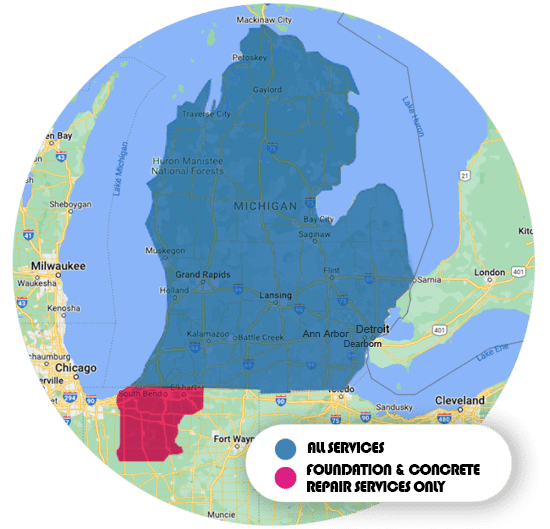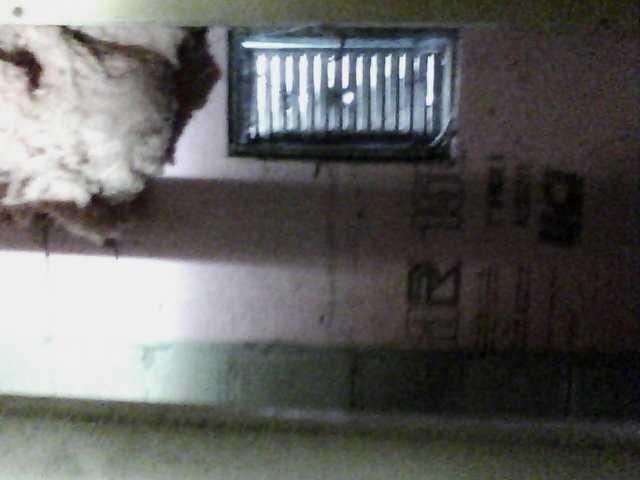
Crawl Space Vents Continue to Make Everything Terrible
This crawl space had nine vents. NINE. No wonder it was wet and moldy. I just googled crawl space vents and discovered that the average size is 8" x 16", which is 128 square inches. Multiply that by nine and reduce it to a number that means something and nine crawl space vents come out to 96 SQUARE FEET OF OPEN SPACE IN THIS CRAWL SPACE. This outrage is brought to you by math.
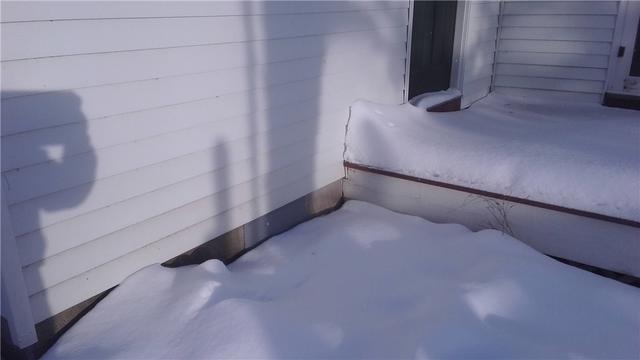
Vent Covers Protect from Water Influx
Covering the crawl space vents keeps "the outside" well, outside. That means moisture, debris, and critters.
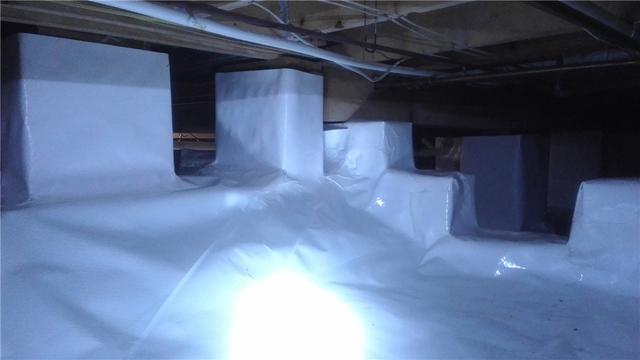
CleanSpace Protects Support Posts
In addition to the walls and floor, we install the CleanSpace vapor barrier on support piers to protect them from moisture.
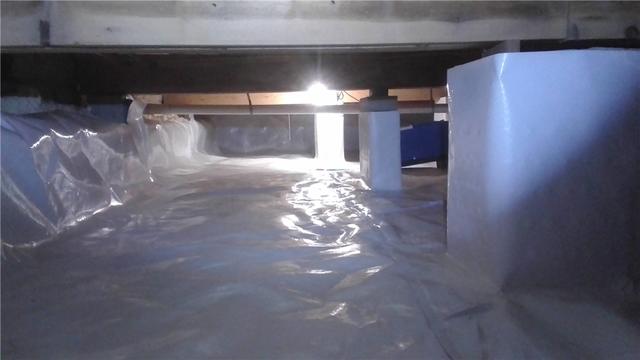
CleanSpace Creates Clean, Dry Space
Instead of wet, moldy dirt and debris, wouldn't you rather see this when you look in your crawl space. Wouldn't you rather not dread looking in your crawl space?

EverLast Crawl Space Door Provides Security and Protection
Many crawl space doors use the word "door" lightly. They're more like boards with hinges and they don't do much to keep outside elements out of the crawl space. But this door is air and water tight and, ya know, actually a door.

Added Layer of Protection Against Water in Crawl Space
The SmartDrain will help the SaniDry dehumidifier collect ambient moisture and discharge it, keeping the crawl space dry.
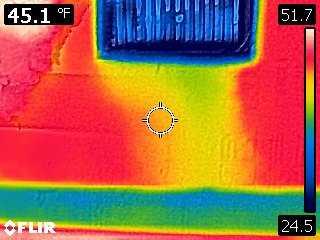
Thermal Imaging Shows Effects of Crawl Space Vents
Look at the temperature difference between the crawl space vent and the surrounding area; the vent lowers the temperature in the immediate surrounding area, which means you're wasting energy.
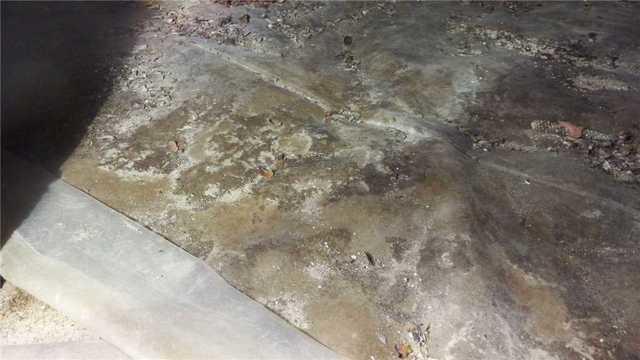
Mold and Debris on Plastic Liner
There's a plastic liner material that many people put in their crawl spaces to protect them from debris and water. That's what you're looking at here, covered in mold and debris. What exactly are you protecting?
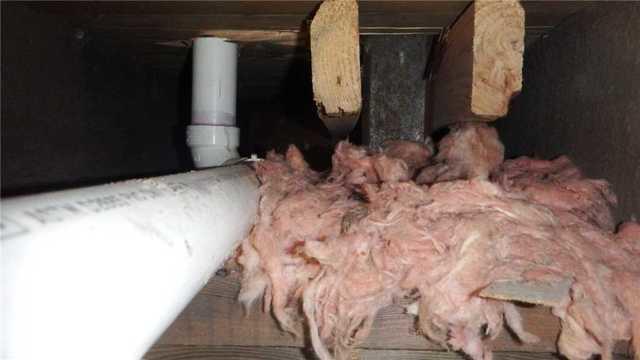
Falling Fiberglass Insulation Puts Crawl Space at Risk
So, fiberglass insulation. It's great for some applications, but wet crawl spaces are not one of them. Not only does it have a paper backing, which provides excellent resources for mold growth, but it absorbs water until it just gets too heavy and falls, leaving the area it was insulating exposed.

Mold on Crawl Space Beams
Disclaimer: mold spores are microscopic, and by the time you can see mold, you're looking at colonies of millions of spores. That's all.

Moldy Crawl Space in Burt Lake
Mold has taken up residence on beams as well as anything organic on the ground. When you notice a musty smell coming from your crawl space, this is what you're smelling.
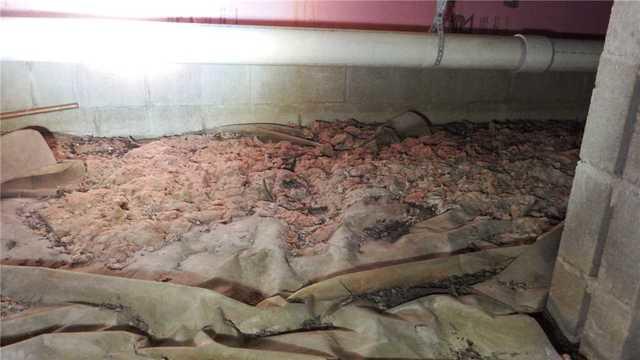
Crawl Space Covered in Fallen Insulation
That plastic sheet sure is insulated, what with all of the fiberglass insulation that has fallen from the ceiling.

Mold Destroys Crawl Space Support Beam
We already looked at a beam with mold on it; here's what happens as time goes on. The beam is literally splitting, which clearly affects its structural integrity and safety. Wood can only split so far before it breaks entirely.


